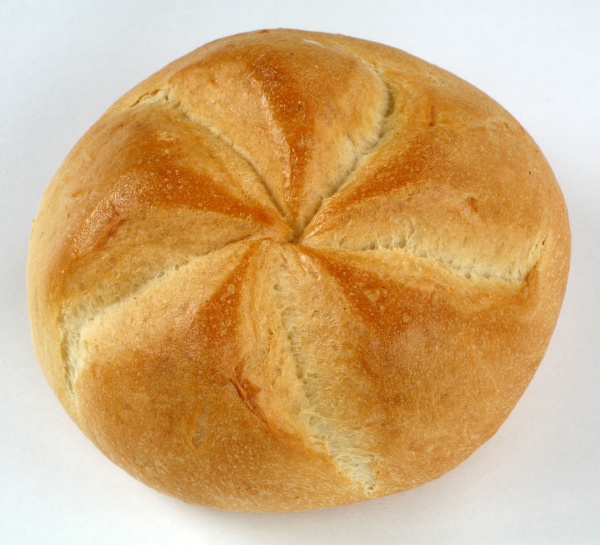Facts About Kaiser roll
The Kaiser roll, also known as a Vienna roll or hard roll, is a crusty, round bread roll originating from Austria. Made with white flour, yeast, malt, water, and salt, it’s renowned for its distinctive star pattern on top. This bread has historical ties to Emperor Franz Joseph I of Austria and is officially recognized by Austria's Federal Ministry of Agriculture. In Austria and Bavaria, it’s often called "Semmel" while other parts of Germany might refer to it as "Brötchen" or "Weck / Weckle."
Kaiser rolls have been enjoyed since at least 1760 and were named in honor of Emperor Franz Joseph I. Their regal name distinguishes them from other rolls. Today, they’re popular not only in Austria but also in many countries that were once part of the Austrian Habsburg Empire. Variations of the Kaiser roll can be found in places like Poland, Croatia, Slovenia, Serbia, Hungary, the Czech Republic, Italy, Germany, the United States, and Canada.
There are many versions of the Kaiser roll, differing in size, type of flour, and toppings. While they were traditionally plain, you can now find them topped with seeds or grains. In Austria, they’re a breakfast staple, usually enjoyed with butter and jam. In the U.S., they’re often used for sandwiches, including hamburgers. In Germany, you might find them paired with Leberkäse, a type of meatloaf, or with Wiener Schnitzel. In Buffalo, New York, they’re an essential component of the local favorite, the beef on weck sandwich.
In Wisconsin, a special variation called the Sheboygan hard roll has been created to accompany bratwurst. This version features a fluffy interior and a crusty exterior. Kaiser rolls are also popular in parts of New York state, where they’re known as hard rolls and are a common sight in delis and convenience stores.

 Slovenia
Slovenia